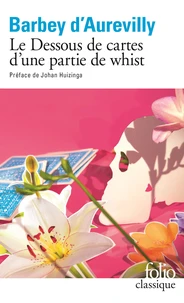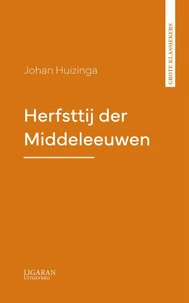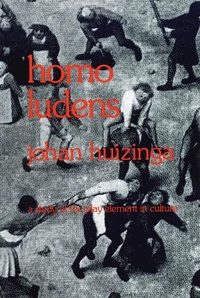The waning of the middle ages (UNABRIDGED). optional
Par : , , , ,Formats :
Disponible dans votre compte client Decitre ou Furet du Nord dès validation de votre commande. Le format MP3 est :
- Pour les liseuses autres que Vivlio, vous devez utiliser le logiciel Adobe Digital Edition. Non compatible avec la lecture sur les liseuses Kindle, Remarkable et Sony
 , qui est-ce ?
, qui est-ce ?Notre partenaire de plateforme de lecture numérique où vous retrouverez l'ensemble de vos ebooks gratuitement
Pour en savoir plus sur nos ebooks, consultez notre aide en ligne ici
- FormatMP3
- ISBN8350003987
- EAN9798350003987
- Date de parution23/09/2022
- Protection num.pas de protection
- Taille379 Mo
- Infos supplémentairesaudio
- ÉditeurSlingshot Books LLC
Résumé
The Waning of the Middle Ages (also known as The Autumn of the Middle Ages, or Autumntide of the Middle Ages), subtitled A study of the forms of life, thought and art in France and the Netherlands in the fourteenth and fifteenth centuries, is Johan Huizinga's most famous work. It was published in 1919 as Herfsttij der Middeleeuwen and first translated into English in 1924.
Huizinga defends the idea that the exaggerated formality and romanticism of late medieval court society was a defense mechanism against the constantly increasing violence and brutality of life.
The break off between Middle Ages and Renaissance was, according to him, a period of pessimism, cultural exhaustion, and nostalgia. Even though this work has found criticism, especially for relying too heavily on evidence exclusively from the Burgundian court, it has achieved immense impact in the thought about the period.
The break off between Middle Ages and Renaissance was, according to him, a period of pessimism, cultural exhaustion, and nostalgia. Even though this work has found criticism, especially for relying too heavily on evidence exclusively from the Burgundian court, it has achieved immense impact in the thought about the period.
The Waning of the Middle Ages (also known as The Autumn of the Middle Ages, or Autumntide of the Middle Ages), subtitled A study of the forms of life, thought and art in France and the Netherlands in the fourteenth and fifteenth centuries, is Johan Huizinga's most famous work. It was published in 1919 as Herfsttij der Middeleeuwen and first translated into English in 1924.
Huizinga defends the idea that the exaggerated formality and romanticism of late medieval court society was a defense mechanism against the constantly increasing violence and brutality of life.
The break off between Middle Ages and Renaissance was, according to him, a period of pessimism, cultural exhaustion, and nostalgia. Even though this work has found criticism, especially for relying too heavily on evidence exclusively from the Burgundian court, it has achieved immense impact in the thought about the period.
The break off between Middle Ages and Renaissance was, according to him, a period of pessimism, cultural exhaustion, and nostalgia. Even though this work has found criticism, especially for relying too heavily on evidence exclusively from the Burgundian court, it has achieved immense impact in the thought about the period.













